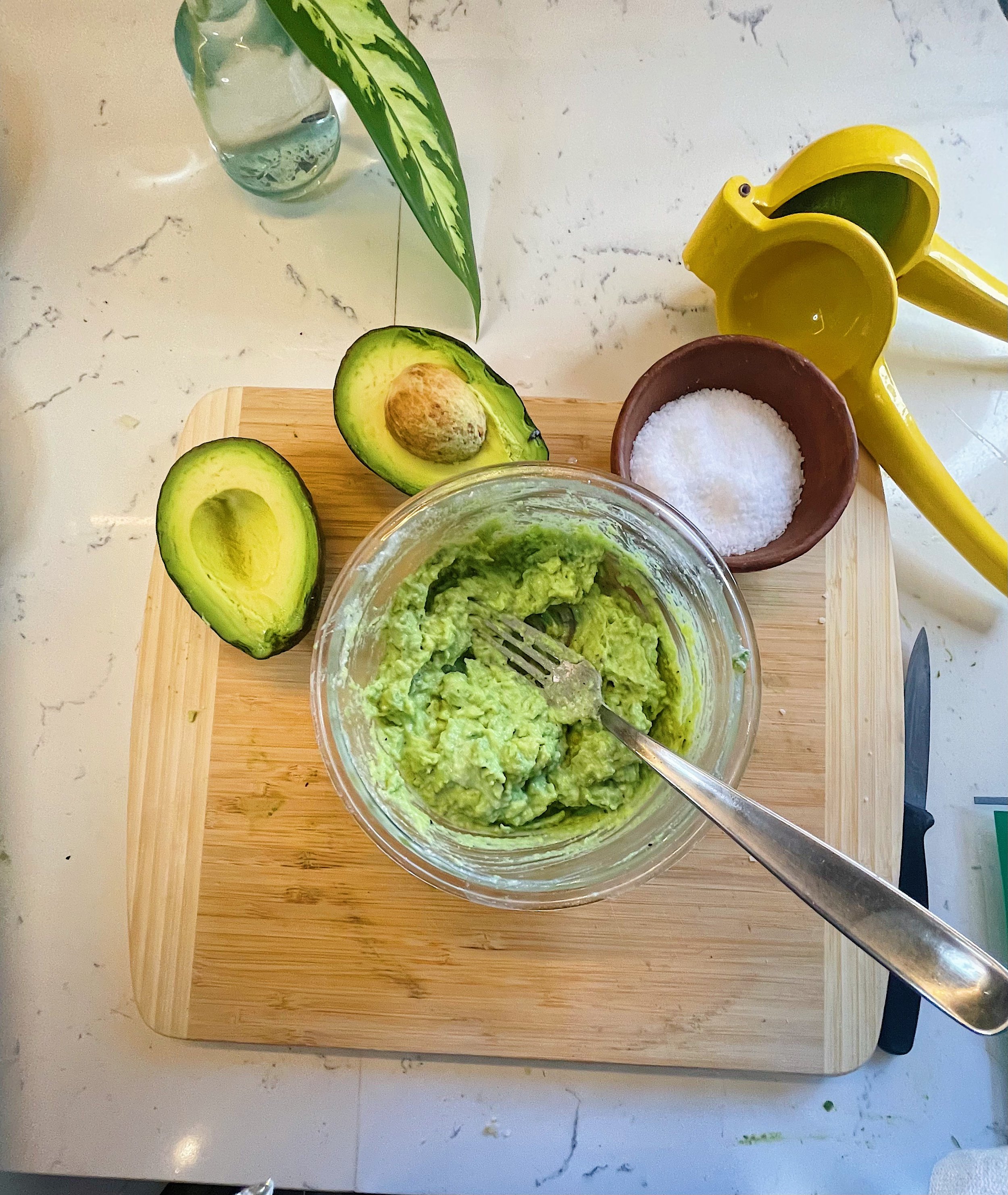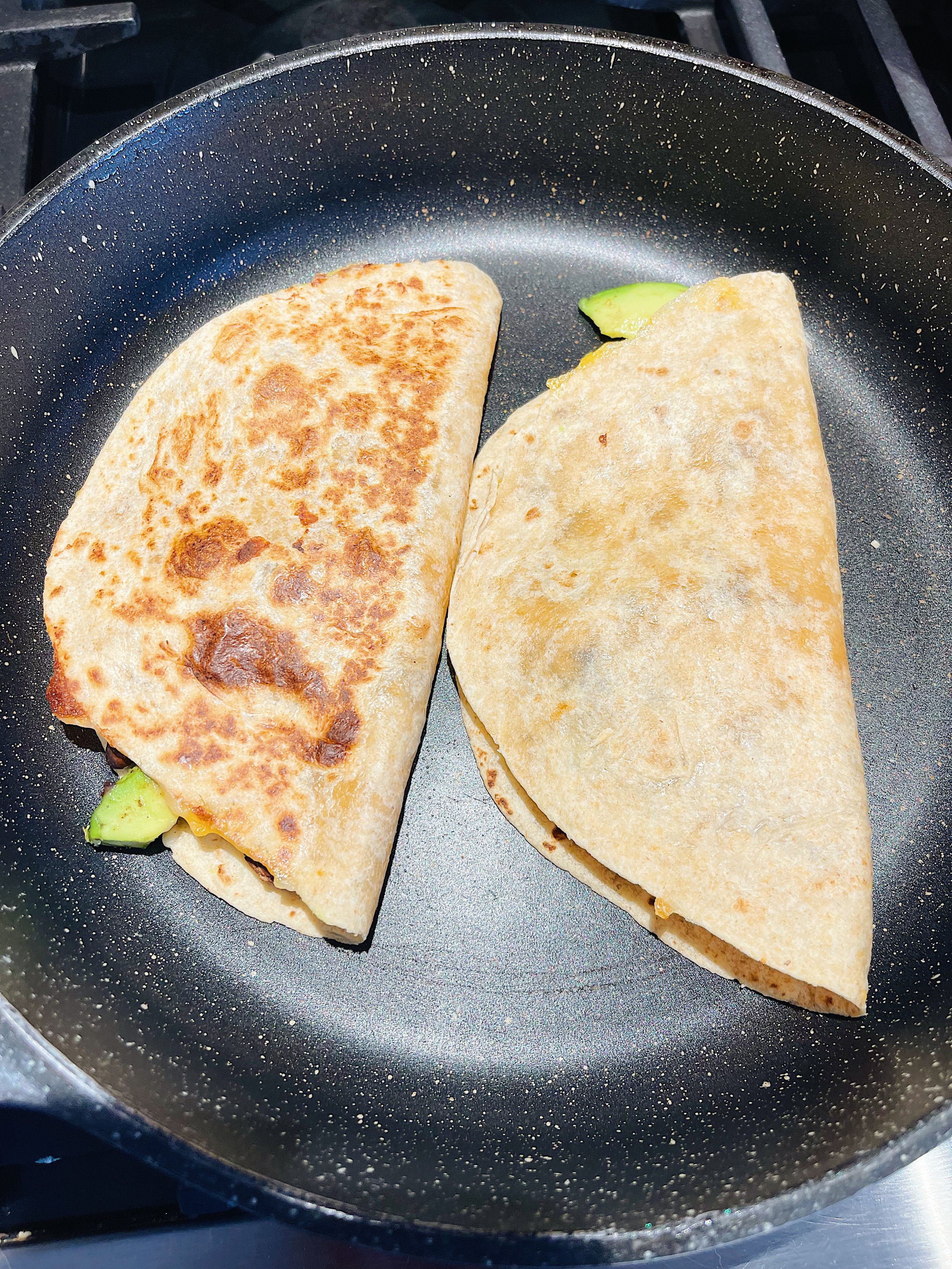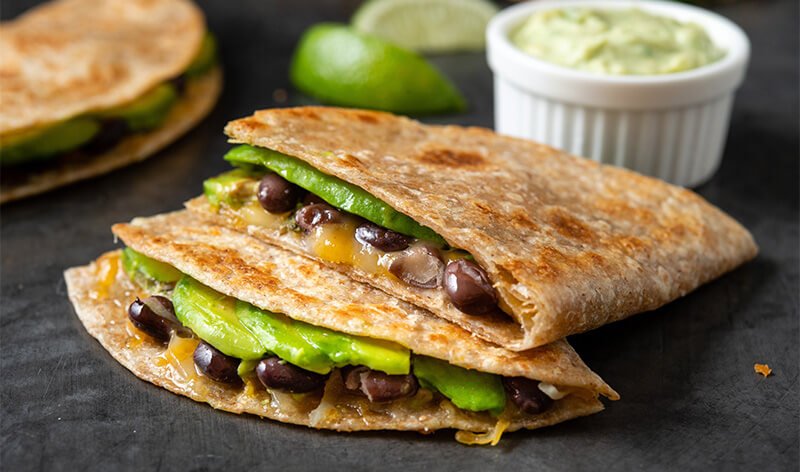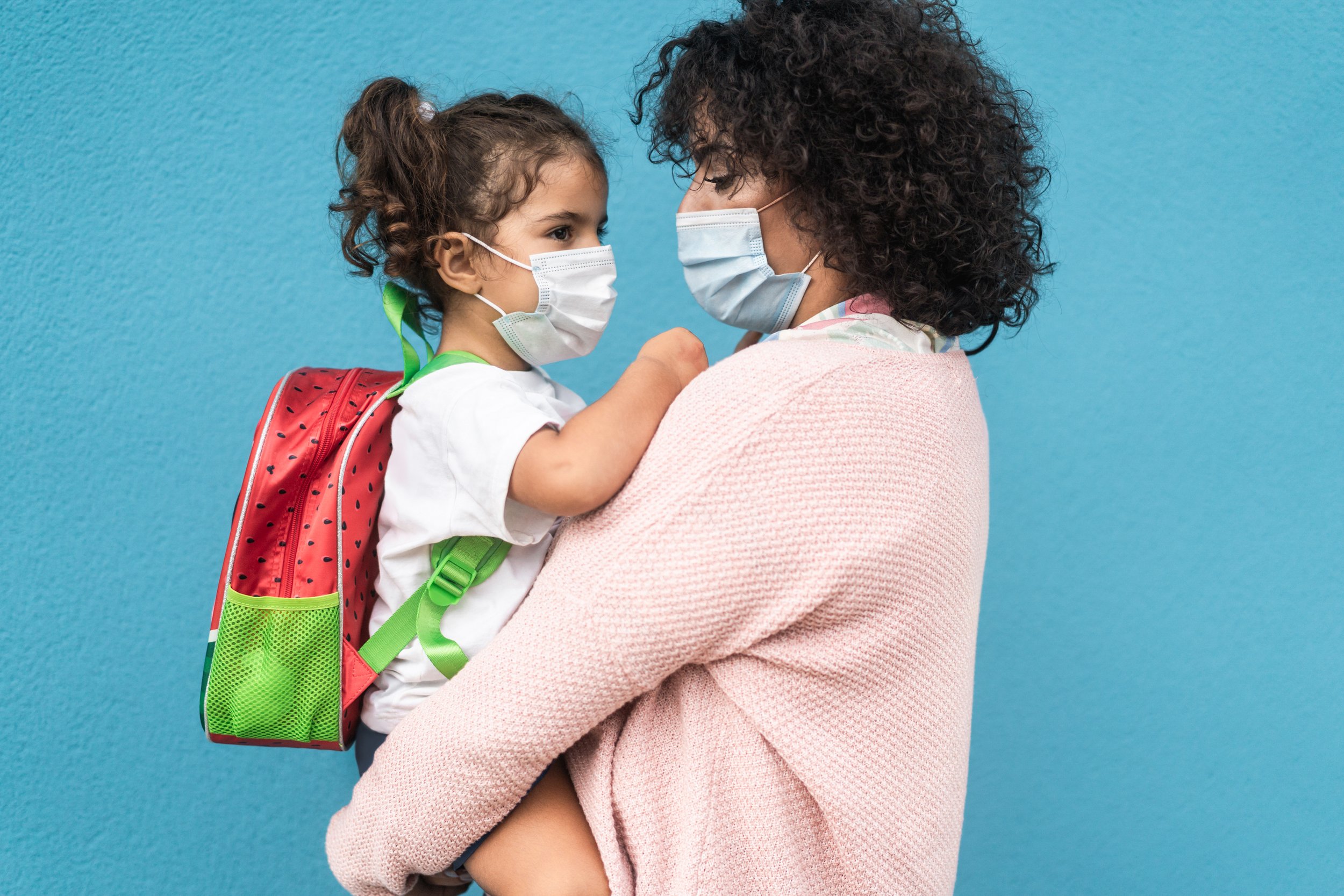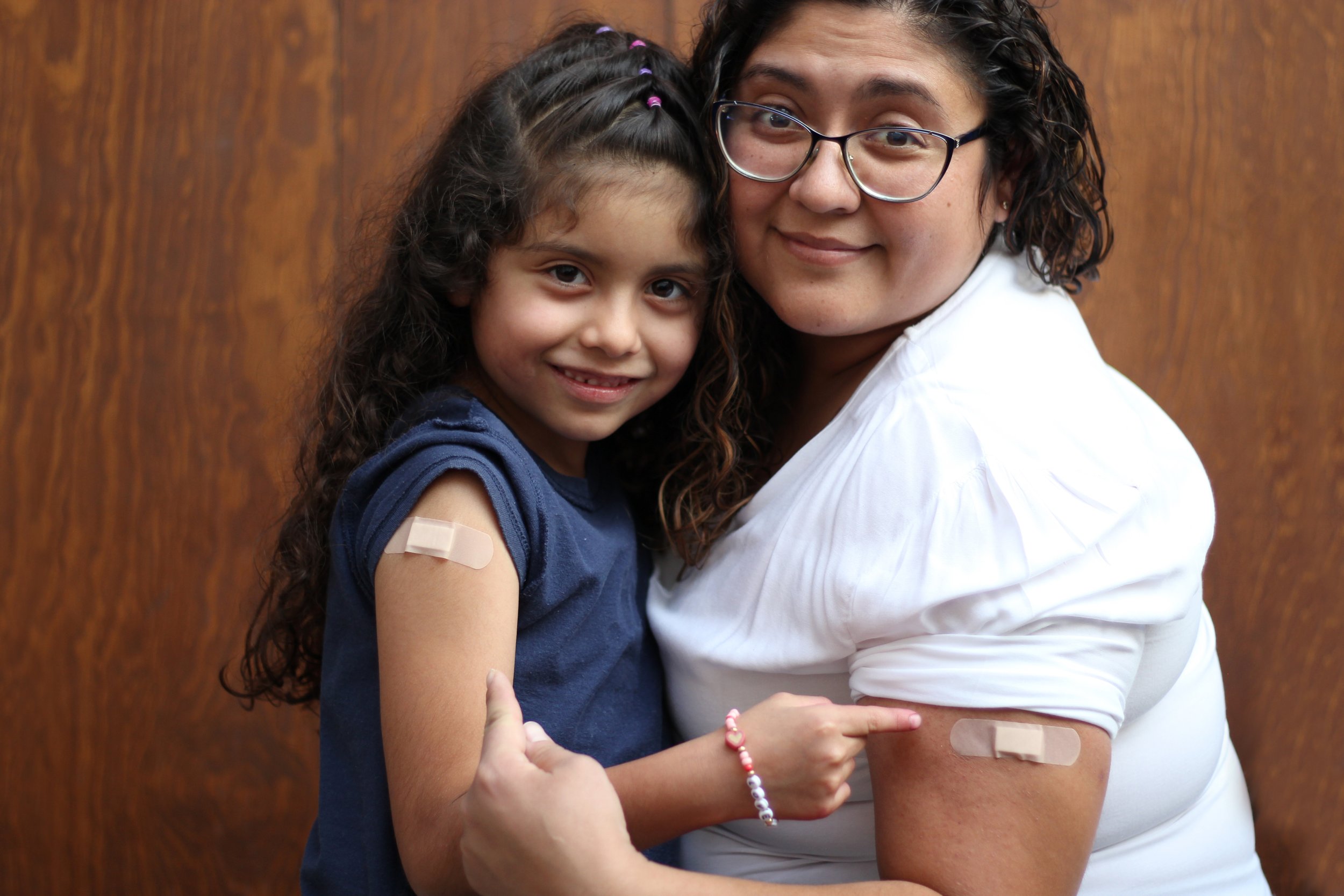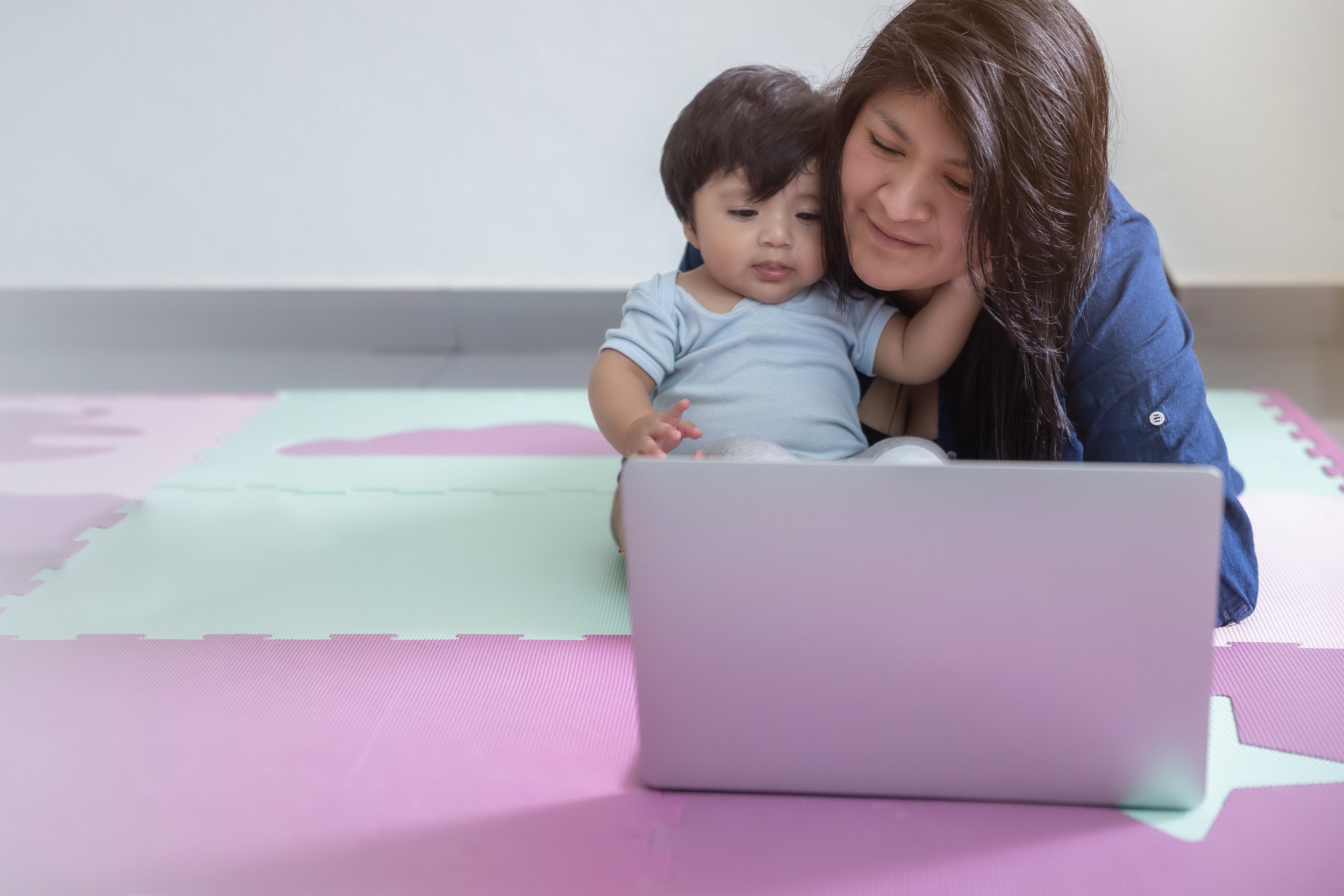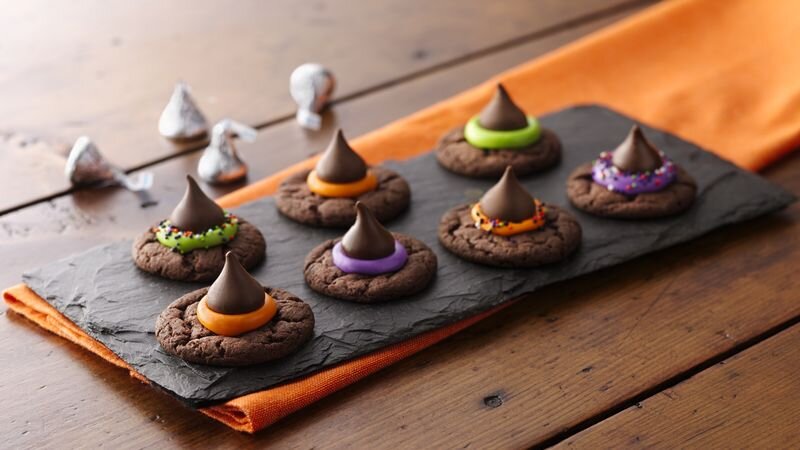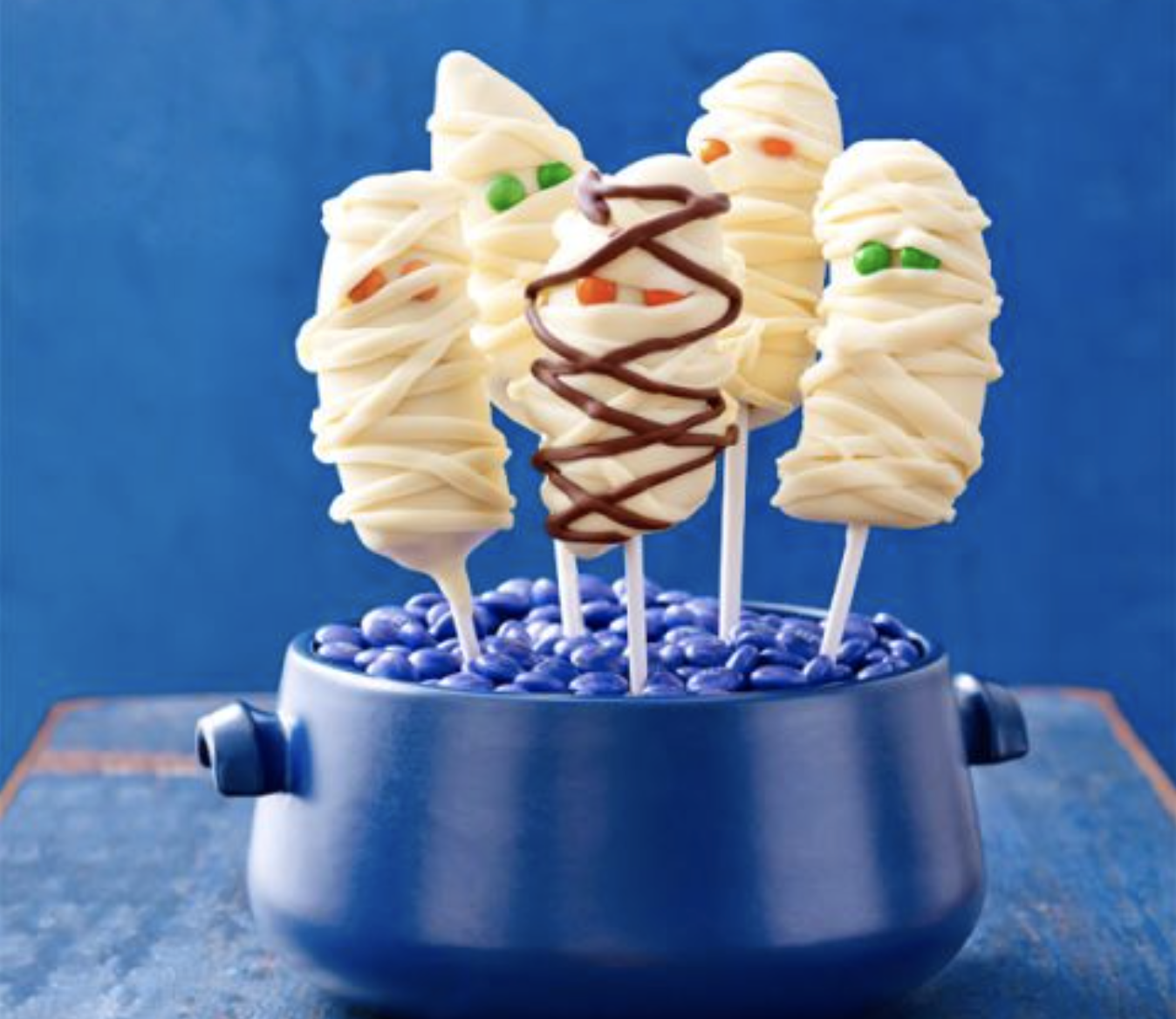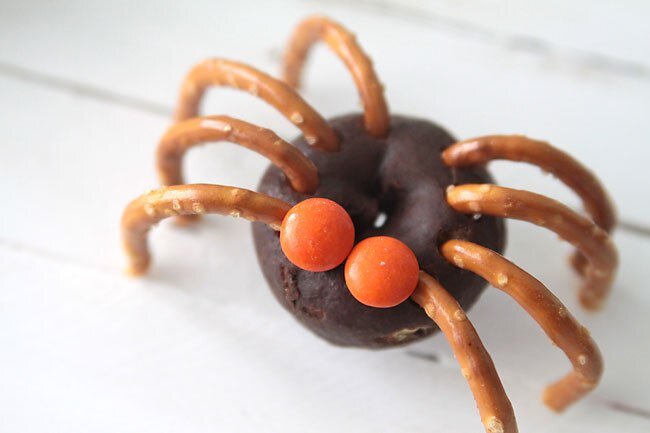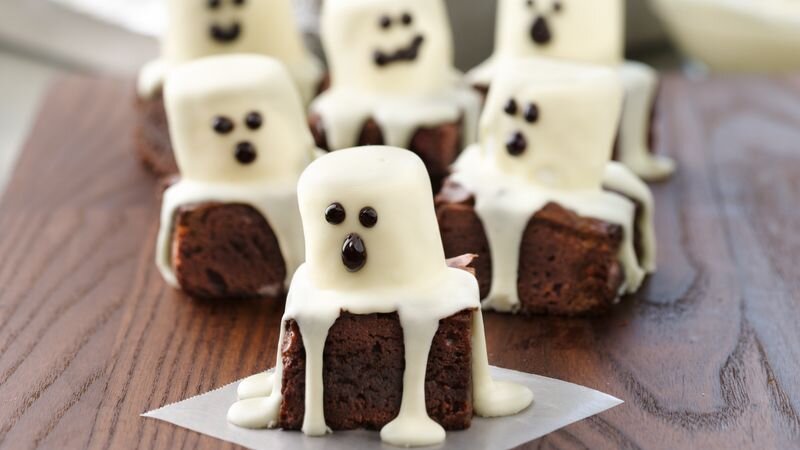By: Paulina Lopez
School is back in session, which means I’m busier than ever and with little time to think about what to make for dinner. However, good health is invaluable and I want to be more proactive about the health of my family so I’m always on the lookout for resources that can help me. That’s why I’m excited about our partnership with Aguacates Frescos - Saborea Uno Hoy®, because it helps families learn how delicious fresh avocados support healthy eating patterns that can help minimize the risk of chronic diseases.
Additionally, the Dietary Guidelines for Americans recommend healthy eating patterns to minimize the risk of chronic diseases. Unfortunately, adherence to the guidelines among all Americans is low, with added sugars, saturated fat, and sodium exceeding suggested limits and even higher among Hispanic Americans.
This is why when I’m looking for a healthy meal that still delivers on flavor and texture, I turn to recipes with fresh avocado. The American Heart Association recommends eating a variety of nutritious foods from all food groups. Eating a variety of fruits and vegetables may help people control their weight, cholesterol, and blood pressure. Avocados are a healthy, nutrient-dense food that can help boost fruit intake.
Maybe you grew up thinking that there is little we can do to change our health status? Actually, there is a lot that proactive lifestyle changes can do so listen up and don’t leave health to chance.
And I love that fresh avocados can help make it easy for us to make healthier decisions! Did you know that one-third of a medium avocado (50 grams) has 80 calories and contributes nearly 20 vitamins and minerals, making it a healthy, nutrient-dense food choice? After taste-testing some of the most delicious avocado recipes from SaboreaUnoHoy.com, we landed on the perfect recipe for family dinner time – an avocado, bean and cheese quesadilla. This meal has become such a hit in our house, and we often pair it with a family game night handout also available on their website. This Lotería-inspired activity is educational and fun, and will motivate you and your loved ones to take control of your health together.
Want to learn more about the latest research on this? Check out our Interview with Malena Perdomo, a registered dietitian and Avocado Goodness Expert for Aguacates Frescos - Saborea Uno Hoy® to dig in more! One study supported by the Avocado Nutrition Center explored how including fresh avocados in a nutrition education intervention can support weight management while reducing the overconsumption of saturated fat and sodium for Hispanic families. Though, as with all studies there are limitations that prevent the generalization of the findings, this was encouraging news. The results support including fresh avocados – a food we all love and enjoy - in nutrition education can support weight management while reducing the overconsumption of saturated fat and sodium for Hispanic families.
Check out our reel on Instagram for a step-by-step video on how to make this amazing recipe.
Avocado, Bean & Cheese Quesadilla with Avocado Crema
Download the Family Game Night Starring Fresh Avocados Handout Here! Loteria Game
Visit SaboreaUnoHoy.com to download the handout, as well as other resources like easy and delicious recipes and how-to tips, among other things.



